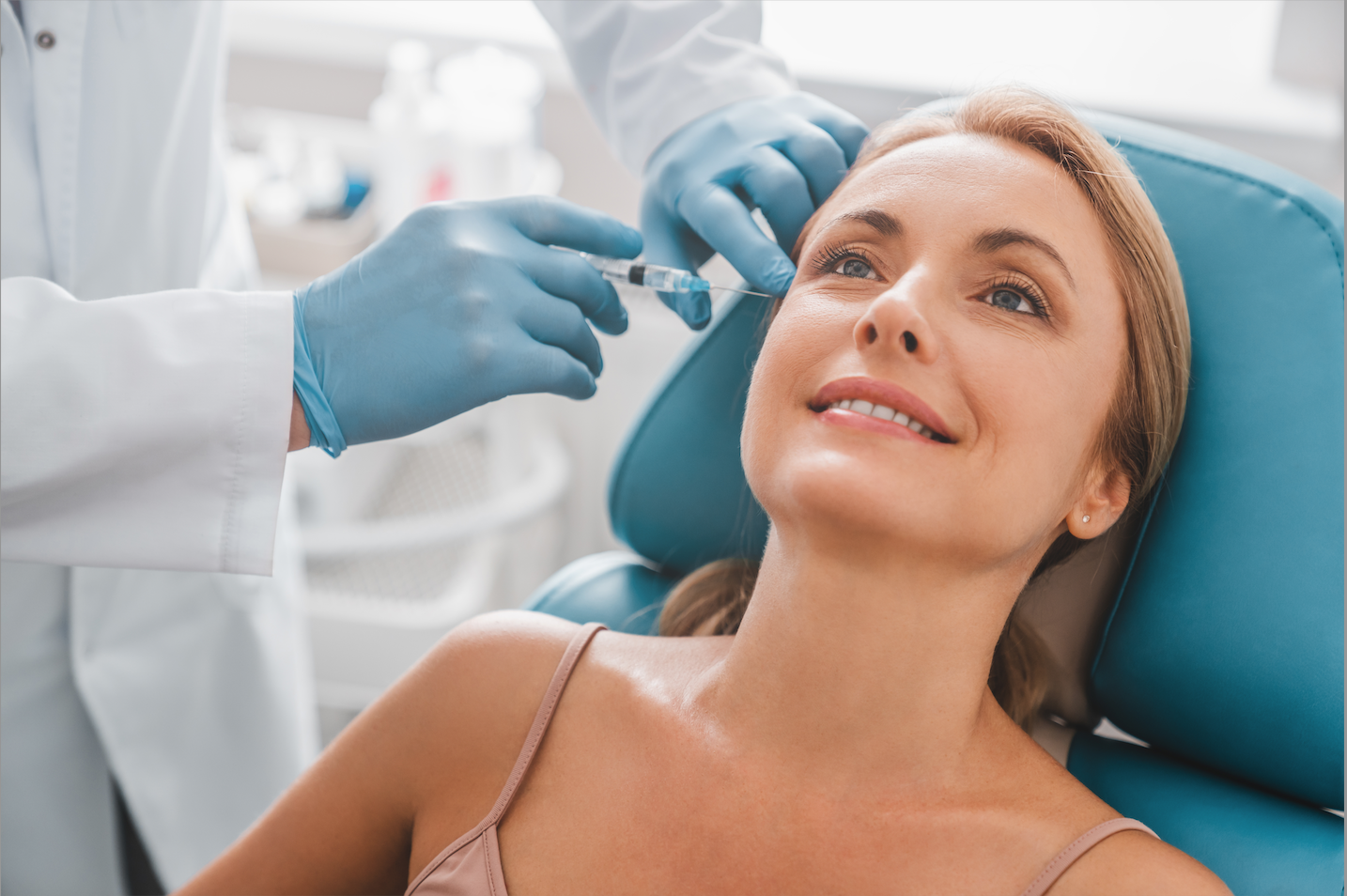Originally posted https://professionalbeauty.co.uk/spf-prices-outpace-inflation
Contrary to what some clients believe, SPF is not just a summer staple, but a year-round health and beauty essential. However, recent price hikes have both clients and professionals wondering: is the cost of SPF getting out of hand?
With inflation and supply chain issues pushing prices up, many consumers report hesitating to buy sun protection due to cost alone – a worrying trend given the vital role SPF plays in preventing skin damage and reducing the risk of skin cancer.
NetVoucherCodes has analysed data from Trolley.co.uk to reveal that the cost of SPF in the UK has increased steadily over the past year.
In June 2025, the average price across 277 SPF products was £12.03 – a rise of 32p, or 2.7%, compared to June 2024. This increase has outpaced the year-on-year inflation rate in the UK for June, which stood at 2%.
Prices have fluctuated throughout the last 12 months, peaking at an average of £12.53 in February 2025, while the lowest average price was recorded in July 2024 at £11.65.
The average cost of SPF in major supermarkets
|
Supermarket |
Average current cost of SPF |
|
ALDI |
£1.76 |
|
B&M |
£6.45 |
|
Coop |
£7.13 |
|
Sainsbury’s |
£8.14 |
|
Morrisons |
£8.51 |
|
Tesco |
£9.96 |
|
ASDA |
£10.59 |
|
Ocado |
£14.13 |
|
Waitrose |
£15.05 |
Reinforcing the importance of daily SPF
“Even though the weather is often grey and wet in the UK, UV radiation is still a significant threat to skin health,” highlights Dr Claire Merrifield, GP and medical director at Selph.
“Even when it’s cloudy we’re exposed to UV radiation, and windows only tend to block UVB, with UVA still able to cause skin ageing even while you’re driving or flying.”
In fact, data from a 2025 study found that front windshields block over 90% of the sun’s UVA rays; however, driver-side windows block just 89%, allowing over 11% UVA to get through.
This means drivers could be unknowingly exposing themselves to harmful rays when facing long journeys.
“Whilst the immediate consequence of not wearing SPF is sunburn, the long-term damage goes far beyond this, with UV damaging the DNA in skin cells,” says Merrifield.
"Although the skin does have some capacity for repairing this DNA, over time, these DNA mutations can lead to skin cancers such as melanoma. This damage also accelerates the skin’s aging process causing wrinkles, age spots and loss of skin elasticity.”
The risk of SPF price hikes
“I think one of the main reasons that SPF is categorised alongside travel luxuries rather than everyday health essentials is of course the price point,” says Merrifield. “Good quality SPF's cost around £10-£20, which makes them a lot more expensive than other everyday health products.
“If consumers continue to view SPF as an optional or expensive product, skin cancer rates will continue to rise. They have already increased by almost a third over the past decade, and cases are predicted to rise to 20,000 annually by 2025.
“It will also continue to increase pressures on the NHS, and will cause a financial burden. It is already predicted that skin cancer will cost the NHS £338-£465 million by the end of 2025.
“Many SPF's are available for less than £10 for a bottle and pharmacies and supermarkets often have 3 for 2 deals or other offers meaning consumers can stock up.
“Fortunately, there is regulation in place to ensure that manufacturers can’t advertise sub-standard products. If a product states a certain SPF then it will protect you from sunburn. If you want to protect your skin from photoageing though, you’ll need to look for the UVA protection rating which is often denoted as stars.”
You might also like:

.jpg)


